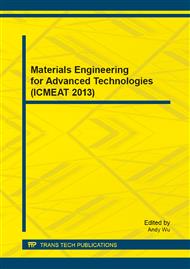p.179
p.185
p.193
p.197
p.202
p.208
p.215
p.220
p.226
Optimization of Insulation Design for Refrigerating Systems
Abstract:
Economic operation with minimal energy consumption and low costs of a cooled room or a refrigerant piping system depends largely on the quality and thickness of their insulation. The classical method of insulation rating for refrigeration systems is based on respect of the condition to prevent condensation of water vapours in the air on the surface of insulation or on limiting heat gain, but rarely leads to optimum in terms of a technical and economic criterion. In this paper are described some types of insulation for refrigeration applications and is developed a rating optimization model of these insulations with a high level of generality. It uses multiple dynamic optimization criteria simple or compound, which better reflects the economic and energy complex aspects, present and future. Based on this model were elaborated two computer programs implemented on PC microsystems. Numerical examples will be presented to demonstrate the accuracy and efficiency of the proposed optimization model. These show the good performance of the new model.
Info:
Periodical:
Pages:
202-207
Citation:
Online since:
February 2014
Authors:
Price:
Сopyright:
© 2014 Trans Tech Publications Ltd. All Rights Reserved
Share:
Citation:


